Discovering Bali’s wonders in a wheelchair
Bali is one of the most famous asian destinations. It attracts so many tourists every year. Much more than the rest of Indonesia. So much more that a lot of people don’t even know that this island is not a country and is actually a part of Indonesia. After our disillusions during our stay in the Gili islands, I must admit that we were a bit afraid to face again mass tourism. Fortunately that was not the case. It is true that many people go on vacation in Bali and that this is a busy destination but still, we really enjoyed our time there discovering this island treasures. Hindu temples, royal palaces, majestic volcanoes and paddy fields: every day we were amazed by many balinese beauties.
Sommaire
Visiting Bali’s temples in a wheelchair
When we arrived in Bali, after many weeks travelling in Malaysia and discovering muslim culture, we immediately dived into a new way of life. Hinduism is everywhere in Bali. In daily life and also in the buildings and in the nature. And of course, the most obvious expression of this religion are the many Hindu temples we can find everywhere. So after we had visited two famous temple in the south of the island, we headed north-east to discover other temples not so far from Ubud.
Goa Lawah, the bats temple
After the monkeys temple, we are now in the bats temple. In fact, Goa Lawah means “the bats cave”. Indeed it was built on a cave sheltering hundreds of bats.
There are many stories about this place. According to some legends there is a underground river in this cave and a giant snake. It also seems that a tunnel used to connect Goa Lawah temple to Besakih temple years ago, which would have collapsed due to an earthquake. So what do you think? True or false? Well, we didn’t go in the cave to check but I can tell for sure that there is at least one very big snake around there!
Accessibility:
The temple is not wheelchair accessible. There are steps to access the ticket office. There are also steps to enter the temple and after that to access the prayer part of the temple. If you succeed to get through these, it is easy to roll around.
Besakih temple
Besakih is not only one temple. This is a facility gathering 23 temples together. Consequently, this is the biggest temple of Bali and most important temple for a lot of Balinese people. They call it the mother temple. But of this 23 temples only the main one “Pura Penataran Agung” can be visited. The others are private and only the families can access them.
Built on a hill, the facility is impressive. Temples seem to have been built to try to reach the clouds. The temple gates, framing the huge stairs, highlight the importance and the prestige of this place. Plus, from the summit, the view on mount Agung is supposed to be breathtaking!
Because of the many stairs leading to the summit, I haven’t been able to reach it but my disappointment quickly disappeared when I saw a procession. Many Indonesians, all dressed in white clothes and carrying offerings, were headed to the top of the hill. Some people seemed to be sad or at least thoughtful while others were smiling while looking at the kids running around. According to our guide, it was a funeral procession.
This temple is very touristic and apparently many visitors are scammed around its premises. For example, many “guides” ask for abusive fees and tell that they will bring you to a private temple whereas they are not allowed. When we visited Besakih temple we hired a driver for the day and everything went well. He took us to different tourist sites we chose together and then came with us in those places. He told us a lot about the temples and others places we visited. We learnt about Hinduism and Balinese culture. So I would recommend you to hire a driver to avoid some inconveniences.
Accessibility:
Besakih temple is not wheelchair accessible neither. It is possible to reach the bottom of the temple by car and enjoy a very good view on the sacred place but unfortunately bond wheelchairs users will not be able to go further. From this point there are a lot of stairs everywhere. Indeed this is the least wheelchair friendly temple I have been to in Bali.
Tirta Empul, the holy water temple
Just behind the holy water pool, there is a charming and quieter place which most people don’t take the time to discover. It is a shame as the place is lovely. There you can have a good time gazing at pagodas, Hindu temples and looking at the many carps in the pools.
Accessibility:
Palaces, volcanoes and paddy fields: Bali’s other treasures
Tirta Gangga and Ujung Water Palace
Many Balinese people come to Tirta Gangga on Sundays with their families to bath in the pools or, like us, to feed the fishes and stroll through the many Hindu divinities statues.
Accessibility in Tirta Gangga :
Accessibility in Ujung Water Palace :
- There is a ramp to access the ticket office.
- After the ticket office there is a bridge to cross to enter the park. There are three steps at the end of it and one at the beginning. When we visited, Franck helped me to get through them by keeping me on the rear wheels but since then, we figured out that apparently there is another entrance without steps on one of the park sides.
- In the park you can roll easily. Pathway are wide and flat. However there are two places wheelchair users cannot access: the inside of the water palace and a very good view point at the top of very long set of stairs.
Batur volcano
Bali is located on the Ring of Fire where most of the earthquakes and volcanic eruptions in the world occur. So that’s not a surprise to see many volcanoes in Bali. Among them, mount Batur is one of the most famous because it reaches 2152 metres and, above all, its eruptions are really powerful and impressive. Unfortunately when it does erupt, it causes many damages and losses. Today, more than 20 years after the last eruption which last several months in 1999 and 2000, we can still clearly see the stains of the old lava flows when admiring the volcano from Kintamani village.
Tegalalang rice fields
If you want more information about travelling in this country you can read about all our travel destinations in Indonesia and their wheelchair accessibility. We also share with you the detailed budget of our travel.
Did you like this post? Feel free to check out my Patreon page to see how you can support the creation of new ones and be a part of iwheeltravel!
And of course, you can share, like and subscribe, to be aware of the lastest posts.

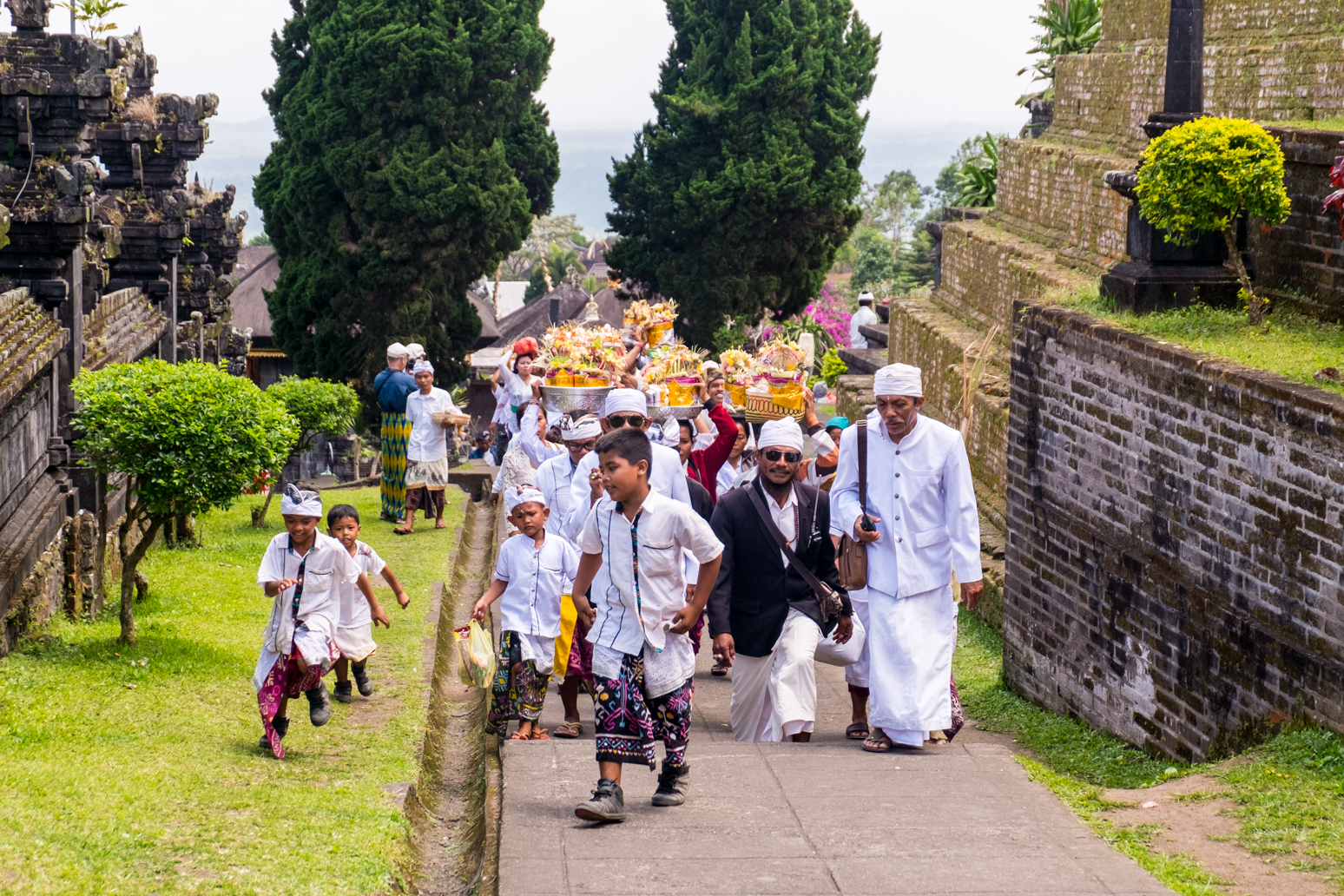
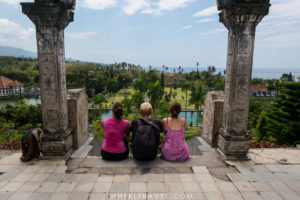
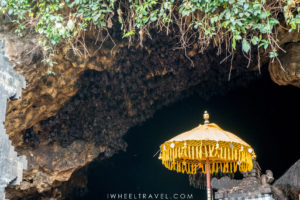

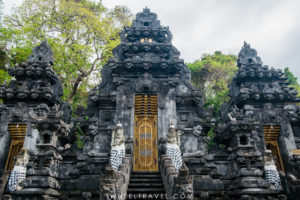
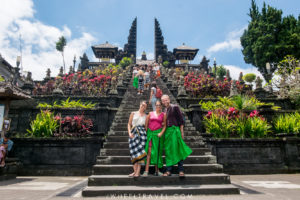
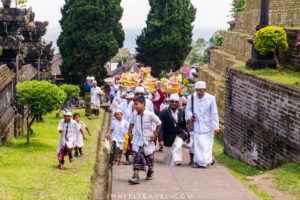
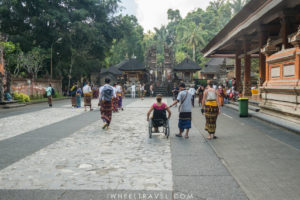
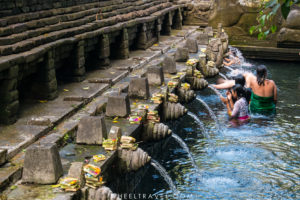
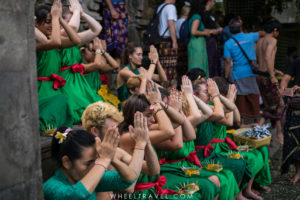
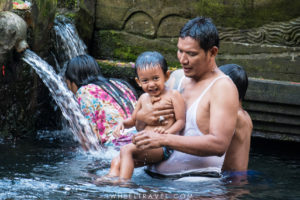
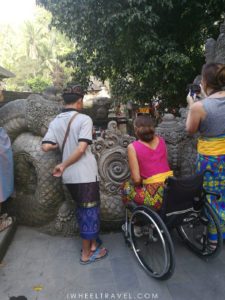
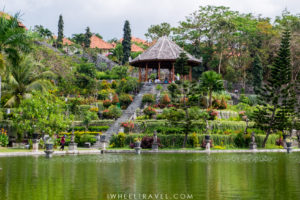
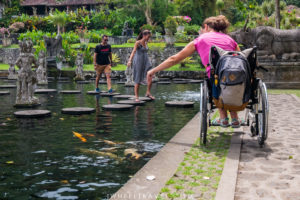
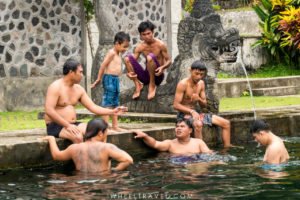
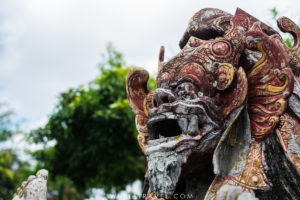
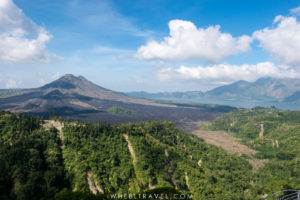
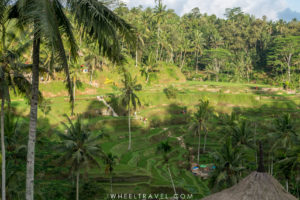





Udayaprakash Katilkar
Very useful